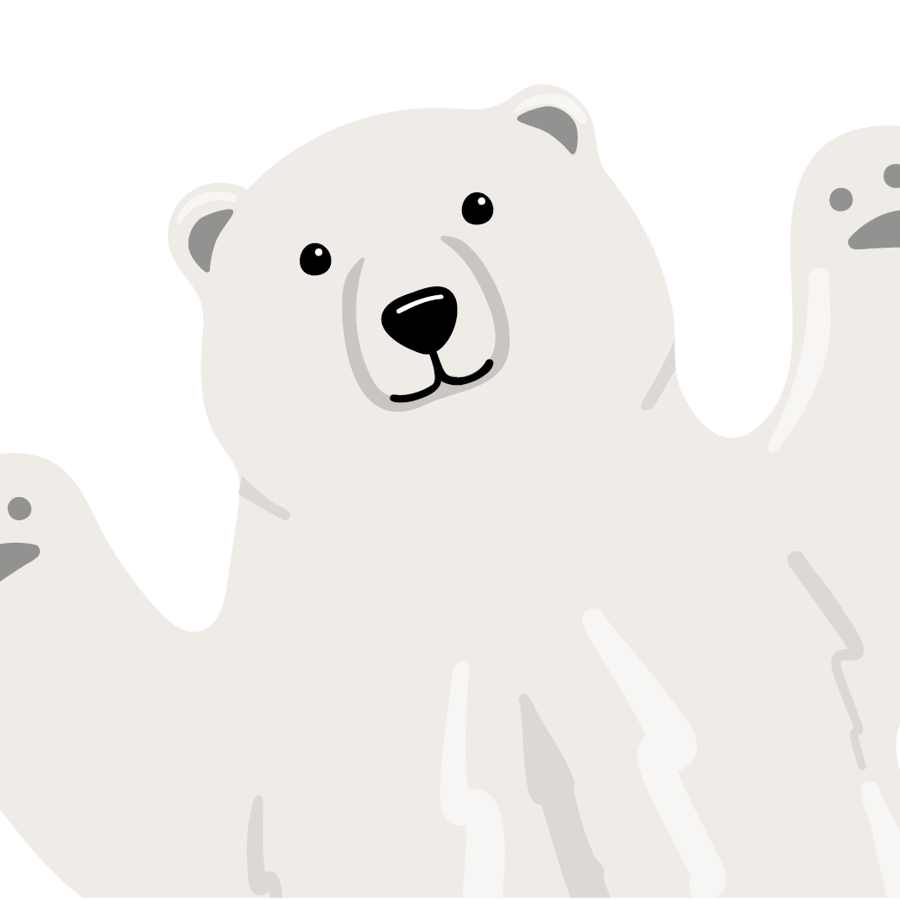
Arctic Explorer Challenge
November 20, 2024
Can You Spot the 8 Polar Animals Hiding in The Tech Interactive?

- Related Topics:
- Special Events,
- Education,
- What's New at The Tech Interactive
Embark on an exciting Arctic adventure during Polar Play Days at The Tech Interactive! While you are crafting flying contraptions and manipulating DNA to produce glowing bacteria, be on the lookout for our elusive North and South pole visitors hiding throughout the building. For a deeper dive into the wonders of the Arctic, catch a screening of "Antarctica" in the IMAX® Dome Theater!
North Pole Animals

Narwhal

Polar Bear
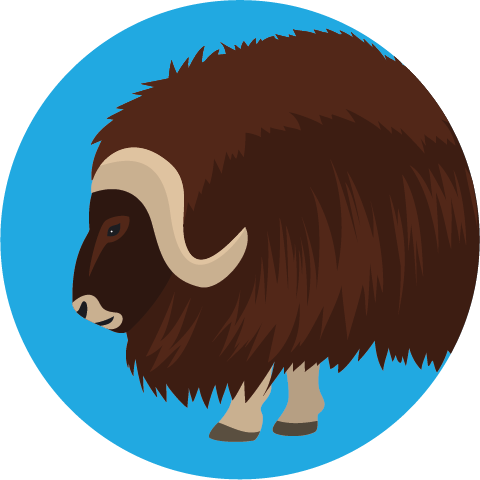
Musk Ox

Atlantic Puffin
South Pole Animals
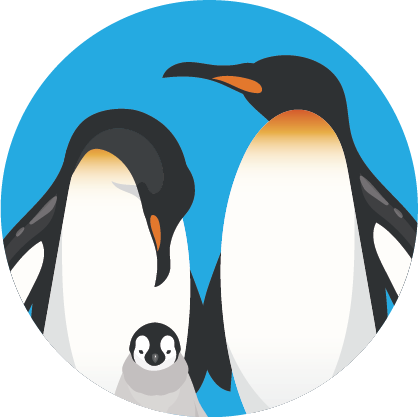
Emperor Penguin
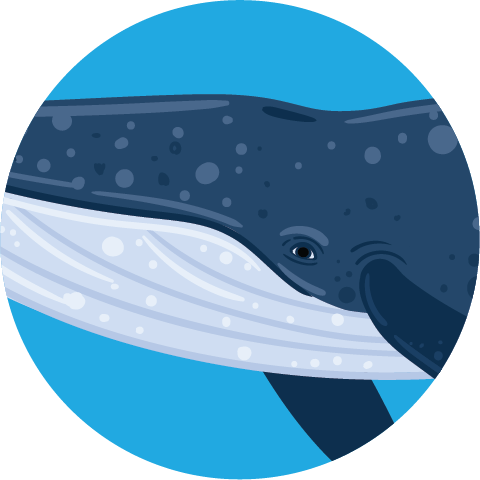
Antarctic Blue Whale
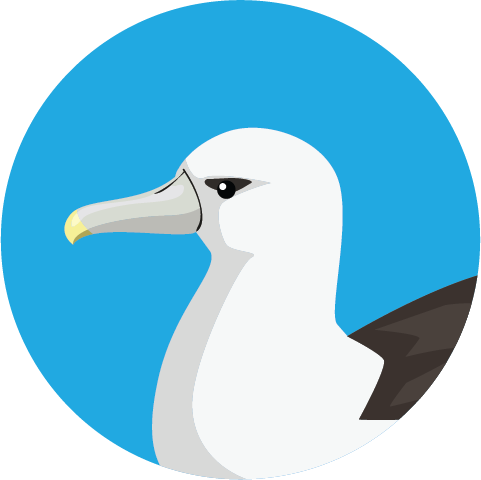
Wandering Albatross
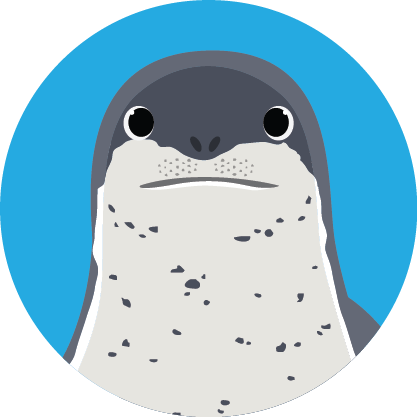
Leopard Seal
Narwhal

Conservation status: Least concern. This means there is an abundance of this animal in the wild with little to no current risk of extinction.
Habitat: Arctic waters of Canada, Greenland, and Russia
Food: Fish (cod and halibut), shrimp, and squid
Fun Fact: The Narwhal’s large protruding tusk from the front of their heads earned them the nickname “Unicorn of the Sea.” This spiral “tusk” is actually a large tooth, which can grow as long as 10 feet!
Polar Bear

Conservation Status: Vulnerable. This means there is a high chance of extinction in the wild.
Habitat: Arctic regions of Canada, Alaska, Greenland, Russia, and Norway. Primarily found on sea ice.
Food: Seals, walruses, and beluga whales
Fun Fact: The polar bear’s skin is actually black! Its fur is translucent and appears white because it reflects visible light.
Musk Ox

Habitat: Arctic areas of Northern Canada, Greenland, and Alaska
Food: A wide variety of plants, including grasses, woody plants, mosses, lichens, and arctic flowers. They are herbivores.
Fun Fact: Musk ox have been around for quite some time. There's evidence that musk ox have lived in North America as long as 200,000 years ago! Both male and female musk ox have horns.
Atlantic Puffin

Conservation status: Vulnerable. This means there is a high chance of extinction in the wild.
Habitat: North Atlantic waters and coastal regions
Food: Fish, shrimp, crustaceans, and mollusks
Fun Fact: Puffins dive into the ocean to grab their meals of fish and other sea creatures. They can dive up to 200 feet deep, which is the length of 6 full-size school buses!
Emperor Penguin

Conservation status: Near threatened. This means that the animal may be vulnerable to extinction in the near future.
Habitat: Antarctic ice and waters
Food: Fish, crustaceans, and squid
Fun Fact: Emperor penguin colonies can be seen from space — and not because of their size, but because of their poop! Previously unknown colonies of Emperor penguins have been found by searching for their guano (bird poop) stains using satellite imagery.
Antarctic Blue Whale

Conservation status: Critically endangered
Habitat: Antarctica
Food: Krill
Fun Fact: As the biggest animal on the planet, the antarctic blue whale has a heart the size of a small car and can eat nearly 8,000 pounds of krill each day!
The Antarctic Blue Whale just isn't the biggest animal, it's also the loudest. The whale's calls can reach up to 188 decibels, that's louder than a jet engine!
Wandering Albatross

Habitat: Southern ocean (between Antarctica and New Zealand)
Food: Cephalopods, small fish, and crustaceans
Fun Fact: Wandering albatross have the largest wingspan of any bird on the planet, with the longest on record of 12 feet!
Wandering albatross spend nearly all of their life in flight only landing to feed and breed.
Leopard Seal

Conservation status: Least concern. This means there is an abundance of this animal in the wild with little to no current risk of extinction.
Habitat: Antarctic pack ice
Food: Krill, squid, fish, penguins
Fun Fact: Male leopard seals are great singers! Each male has a distinct "song" it uses to guard its territory or attract a mate during mating season.
 Skip Navigation
Skip Navigation
